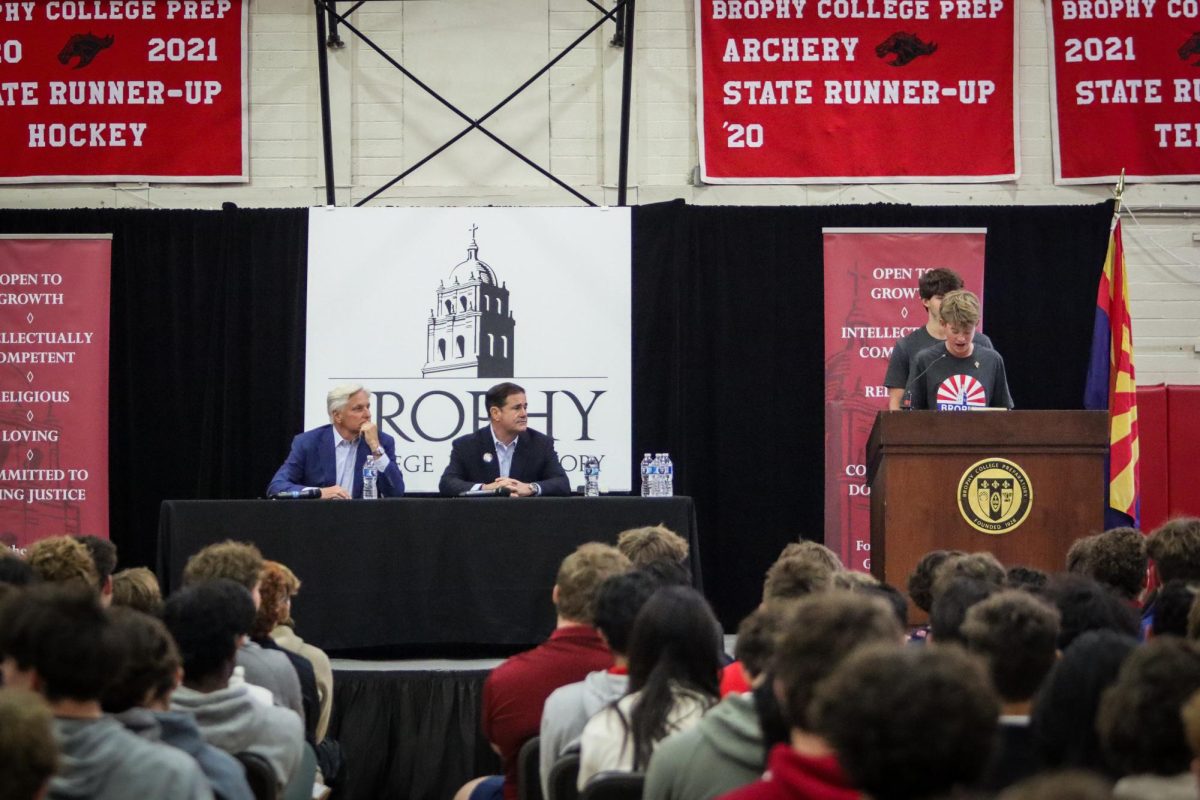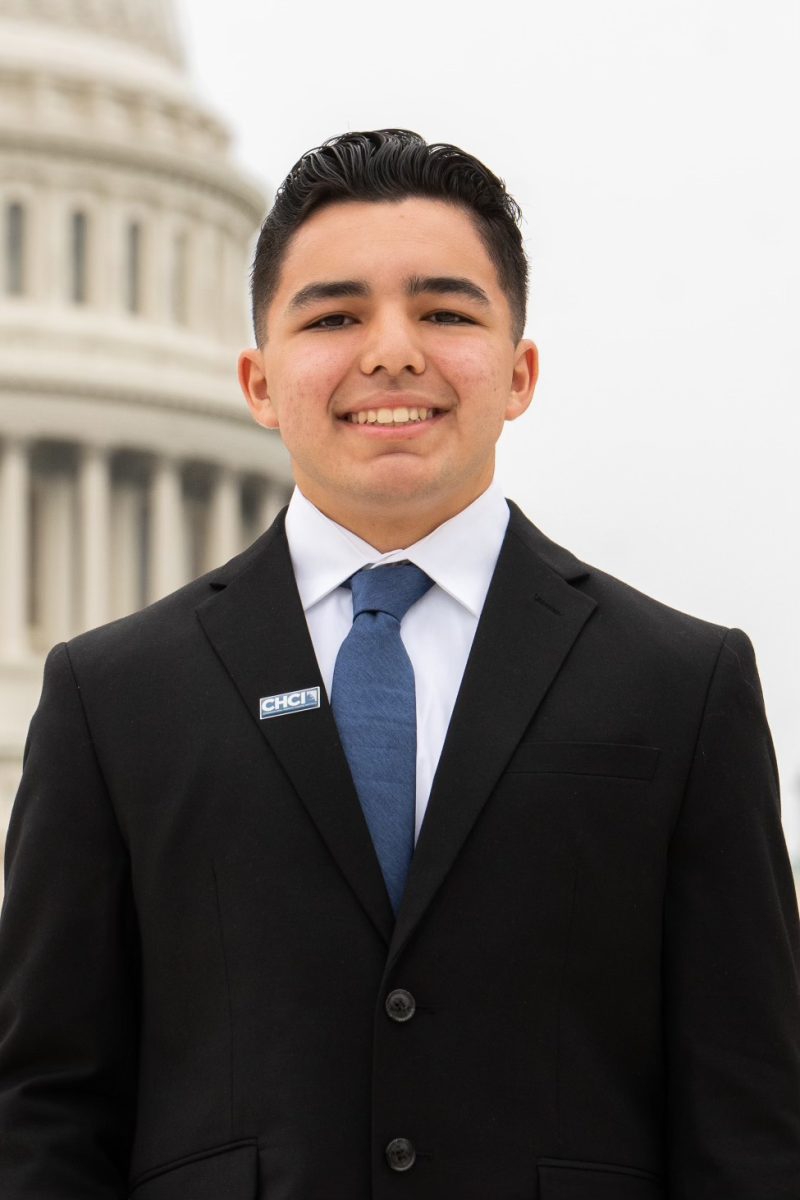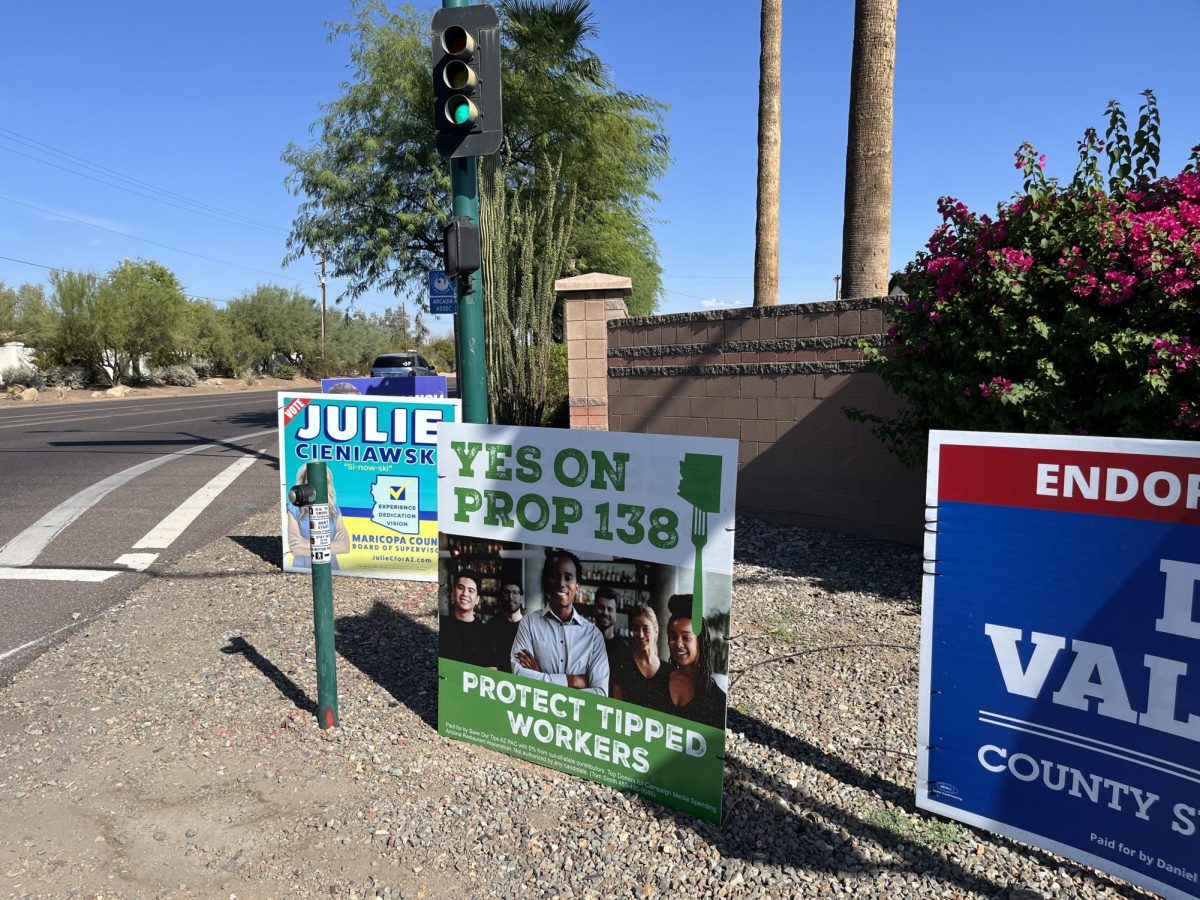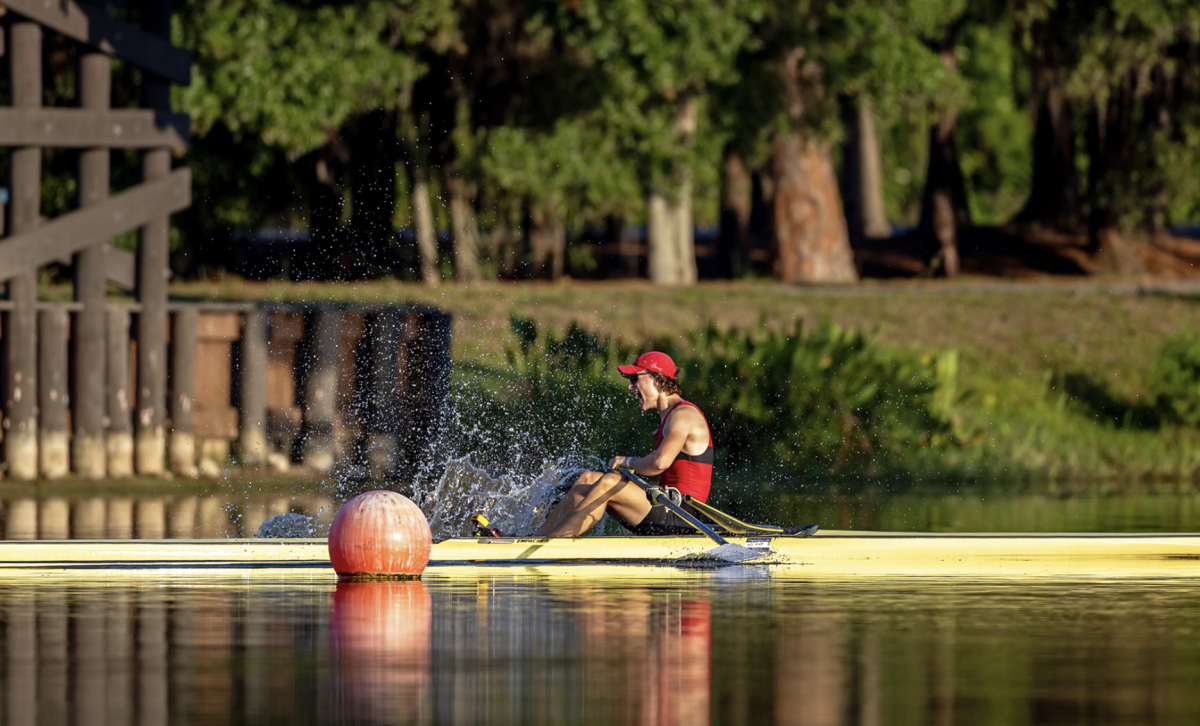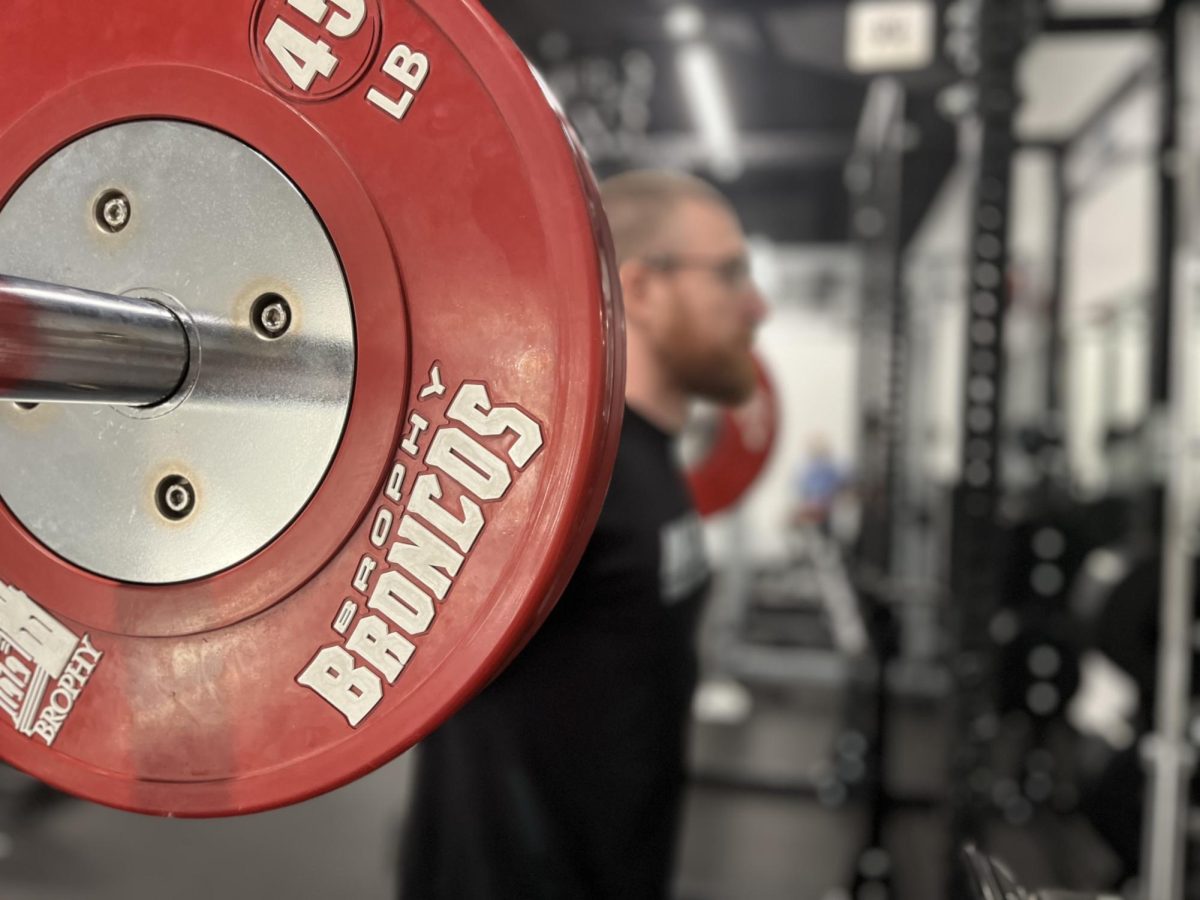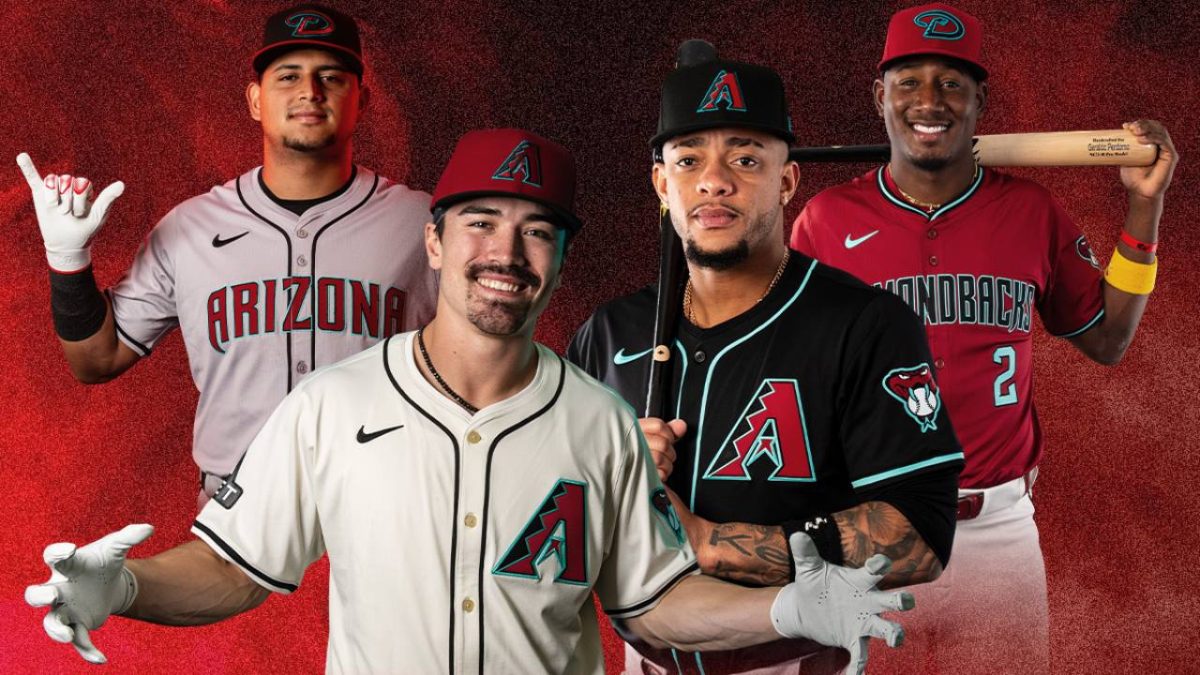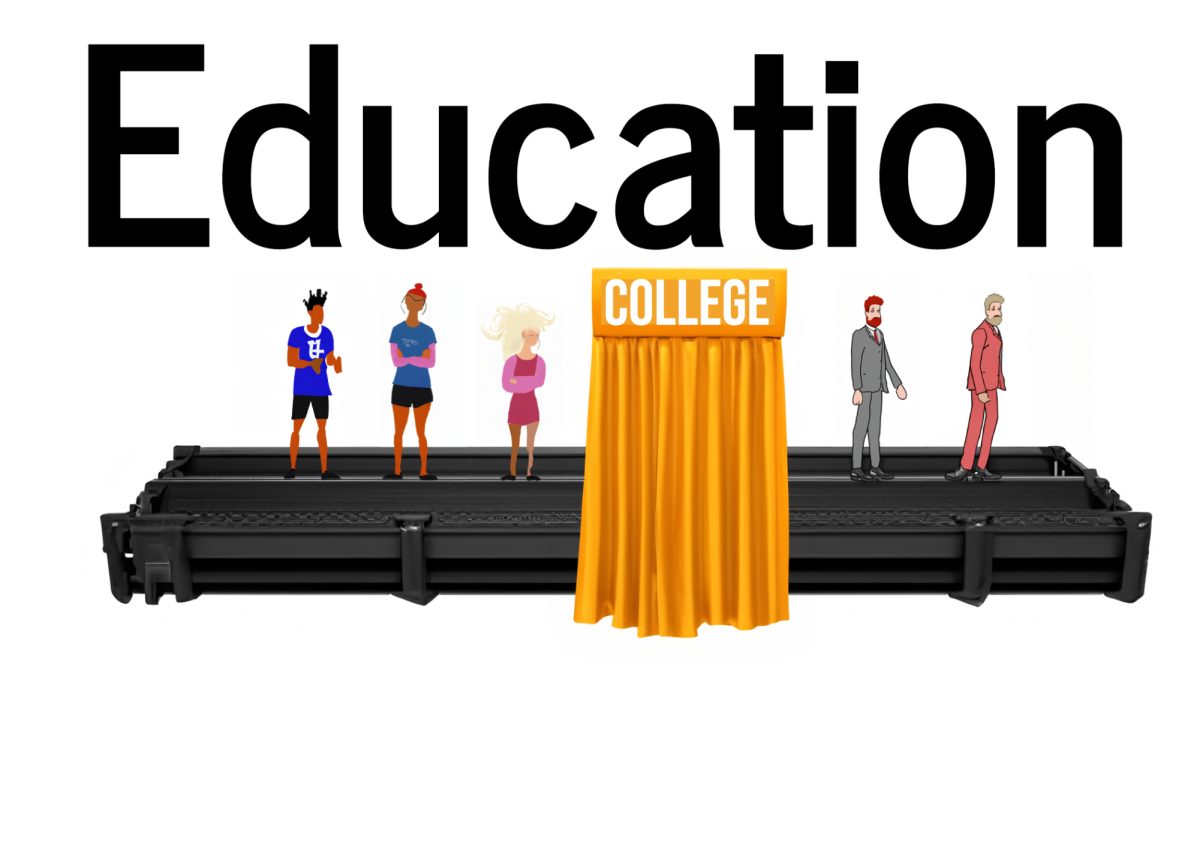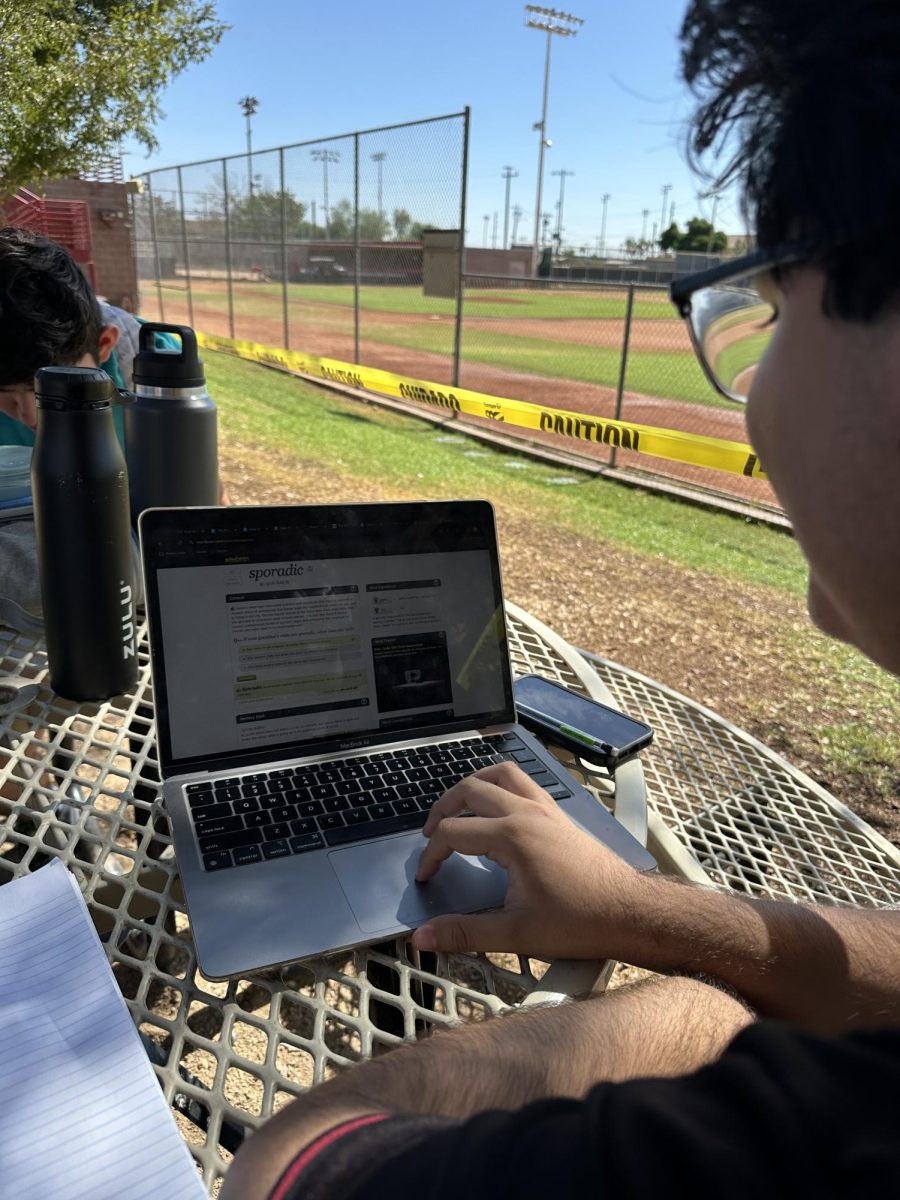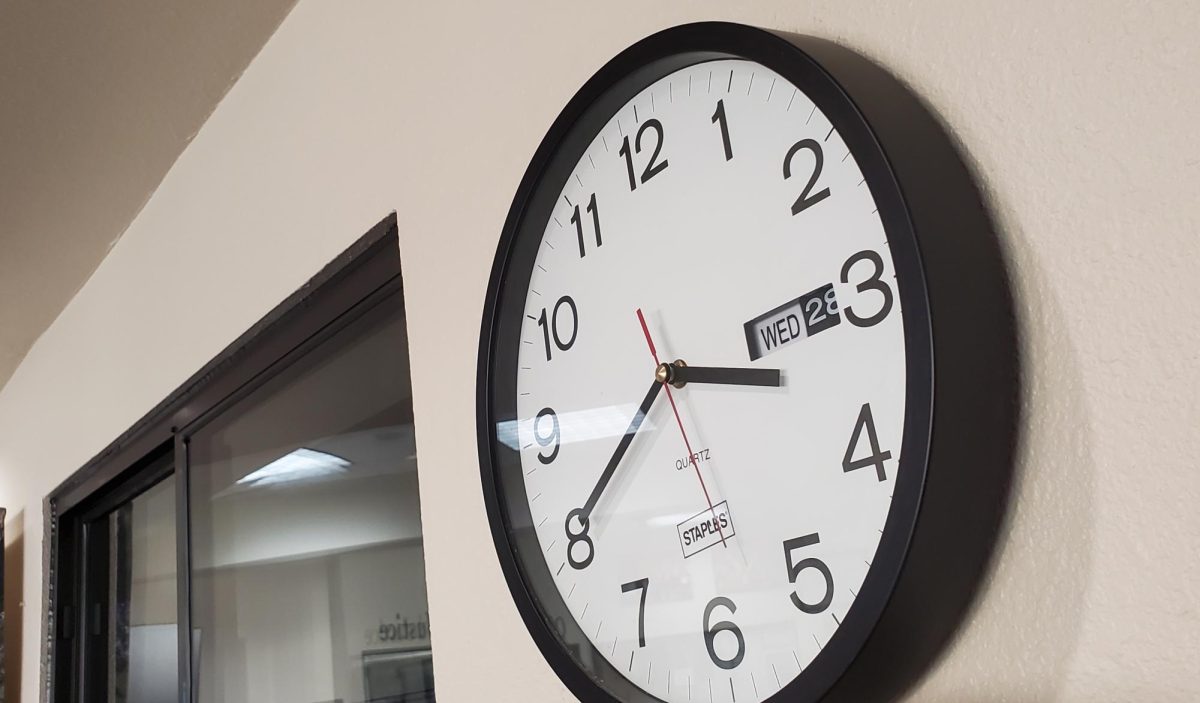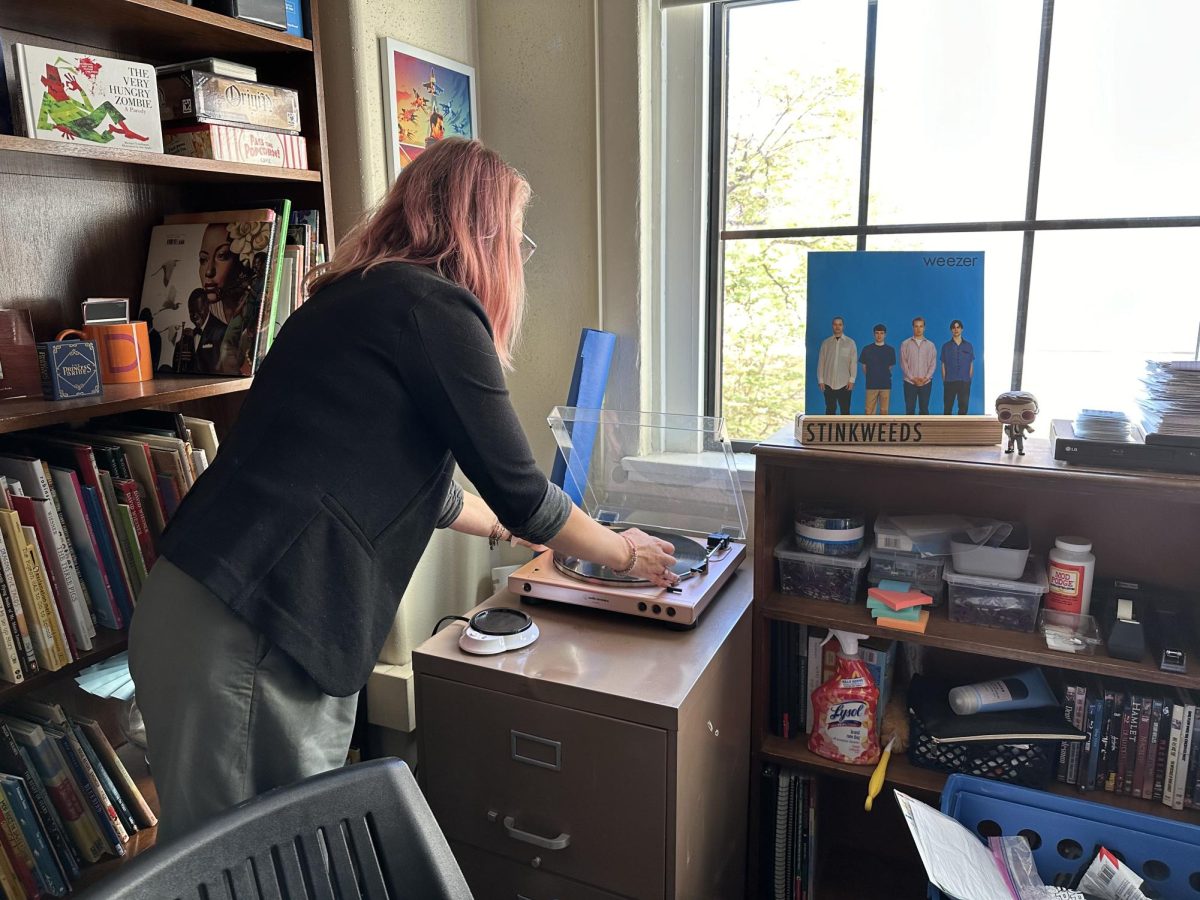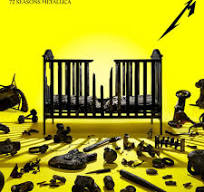By Josh Spano ’18
THE ROUNDUP
Phoenix is the sixth biggest city in the United States and has grown from 790,000 residents to 1,560,000 in the last 30 years.
As the city continues to grow so do the sprawling suburbs around it.
Physics Teacher Mr. Mike Welty ’83 has seen the growth of Phoenix’s suburbs.
“In high school I did a lot of theatre, and north of Bell Road you basically left and were in total desert,” Mr. Welty said.
Fellow English teacher Mr. Lane McShane ’82 also said he noticed the growth of Phoenix since he was a Brophy student.
“I’ll bet you a million people less when I was a student in the late 70’s and we’ve been one of those fast growing cities,” Mr. McShane said.
Mr. McShane has also said downtown used to be much more accessible because of the smaller population.
“Anything was so much easier [to drive to] because there were less people,” Mr. McShane said.
Because of less traffic, cars were a big part of the Phoenix lifestyle.
“Cars were so much more a part of our lives [that] if you didn’t have a friend with a car you were very much dependent on other people,” Mr. McShane said. “Similarly, like you go to AJ’s, we went to McDonalds or Jack In The Box, we had a place to go.”
This also involved Mr. McShane going on short cruises around the city.
“We used to cruise on Central or around Metro Center on the weekends. The cops let us drive around Metro Center three times before they told us to get out of there,” Mr. McShane said.
When asked what the biggest change in Phoenix has been since Mr. Welty graduated he said:
“I think the skyline and the degree of development, there are restaurant districts now which used to residential areas, they sort have a different flavor to them.”
One of the most influential factors in the growth of Phoenix has been its transportation and multiple highway systems.
“When I was in school it was a real nightmare,” Mr. Welty said. “We didn’t have the 51 and the 17 came through town but all it was was the I-10 joining to the 17. If you wanted to drive out to Scottsdale city streets were your only option.”
Mr. McShane also credits the light rail as a major plus for Phoenix.
“[The light rail] is a great thing for our city,” Mr. McShane said. “The light rail is a major part of our downtown. It’s also part of our Brophy commute too; certain students take it and use it all the time.”
Because of multiple freeway systems Phoenix seems like a smaller city because of how easy it is to get around.
“The city felt a lot bigger [without freeways],” Mr. Welty said. “The city feels a lot smaller now because we can get to almost all parts of town by the freeway.”
The freeway system has also helped Brophy gain students from outlying parts of the Valley and helped students stay in the Valley for college.
“Adding on the transportation system particularly the freeway system opened it up for kids who lived on the west side or the east side,” Mr. Welty said.
Mr. McShane has noticed how Phoenix’s infrastructure has helped students stay in the Valley.
“It’s a good thing for our city to have the boys not bent on leaving here because we have a good infrastructure,” Mr. McShane said.
Another change Mr. McShane has noticed was the influx of culture in the recent decades.
“The cultural divides seem far less obvious,” Mr. McShane said. “I see Phoenicians as not as divided in some ways…[Phoenix is] a melting pot and it’s a nice place to be.”

